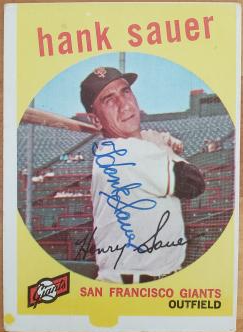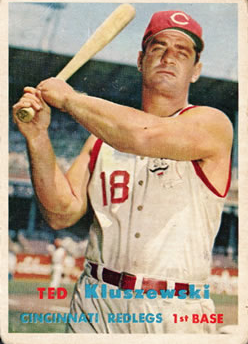Behind the Seams with Blake: Baseball Players You’ve Never Heard of, Volume 2: Hank Sauer
Shedding some light on 1952 NL MVP, Hank Sauer! I am back with my second installment of my Baseball Players You’ve Never Heard of series. For this post, I will focus on Hank Sauer, who played primarily left field for the Reds, Cubs, Cardinals, and Giants over his 15-year career from 1941 to 1959. Sauer […]




